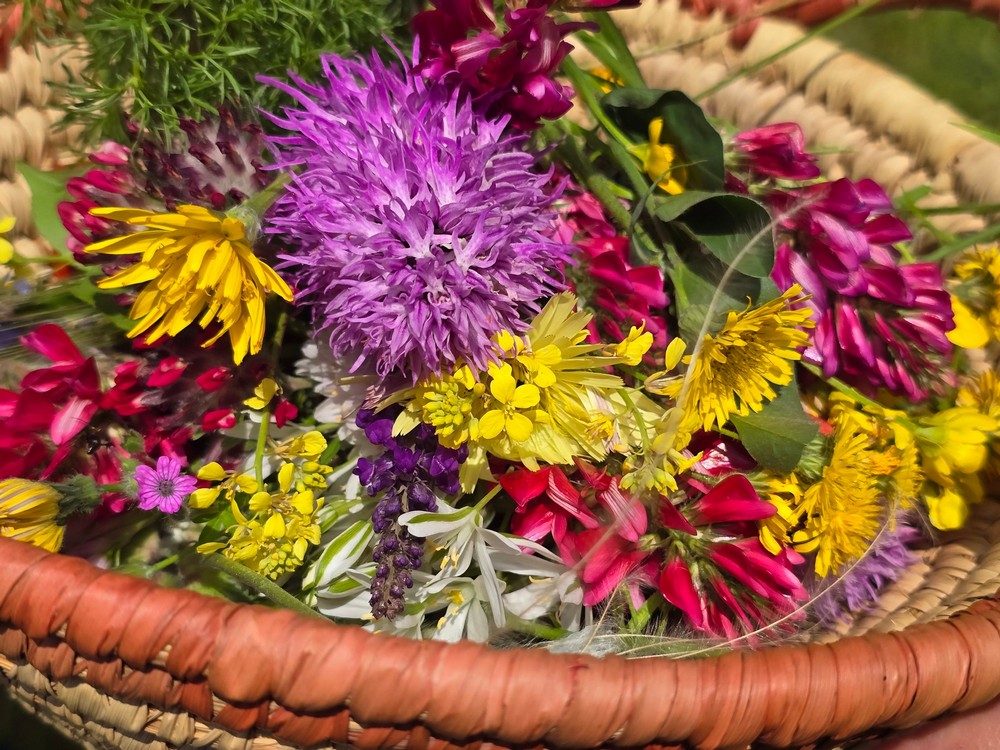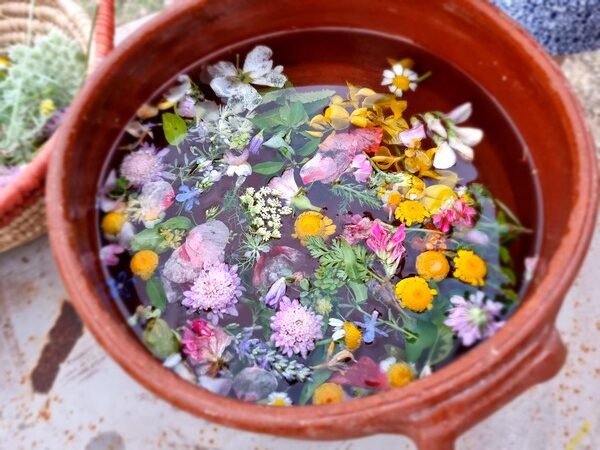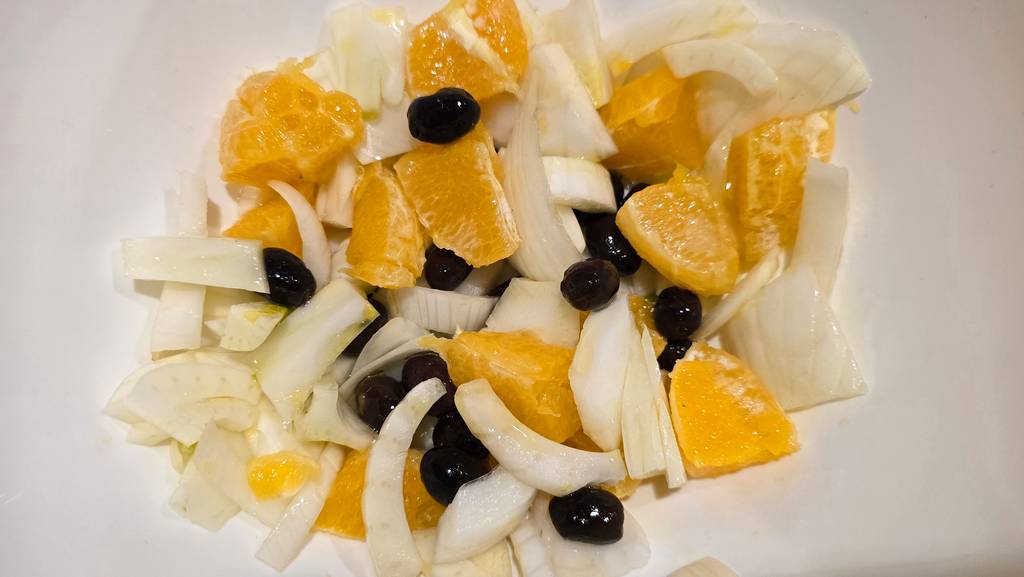In the heart of rural Abruzzo, a unique and fascinating tradition is celebrated every June: the “Comparanza a Fiori” (Floral Companionship).
This custom, steeped in history and sentiment, is rich in symbolism and touched by a sense of magic.

A Celebration Rooted in Nature and Friendship
The “Comparanza a Fiori” (Floral Companionship) has agricultural roots, dating back to a time when the hard work of the fields required mutual cooperation among families—especially during the threshing season.
It was a time of intense collaboration, with men and women working side by side, forging bonds of solidarity and friendship.
The Meaning Behind the Flowers: Gifts, Rituals, and the Role of Godparents
Two days in June are crucial for this tradition: the 24th, the feast of St. John the Baptist, and the 29th, the feast of Saints Peter and Paul.
During these days, young and old exchange small bouquets of flowers, known as “ramajetti,” and make each other “San Giuvanne,” that is, they become compari and comari (companions).
The bouquets are made up of carnations, matricaria flowers, lemon verbena, sage, marjoram, and lavender, and are accompanied by special gifts: the first year a gift of fabric, the second year a gift of silver, and the third year a gift of gold.
The gifts include: a holy card of St. John, an embroidered handkerchief, written greetings on a card, hair ornaments for women, a bottle of perfume, and sweets.
These gifts are usually delivered by children, the little messengers of the tradition.
On June 29th, those who have received the proposal seal the comparanza relationship by sending another ramajetti, often richer than the first.
Once they become compari (companions), they recite a rhyme as a charm:
“Cumbare e cummarozze, facemmece a cumbare. Se male ce vuleme, alu ‘mberne ci ni jeme, si bene ce purteme, ‘mbaradise ci artruveme”.
“Companion and little female companion, let’s become godparents. If we wish each other ill, to hell we shall go; if we bring each other good, in heaven we shall meet.”
This special bond, therefore, goes beyond simple friendship, creating a sort of elective kinship.
This bond, strong and sacred, is deeper than mere friendship but less binding than kinship.
Violating this bond was considered sacrilegious and punishable by terrible consequences.



The Magic Night of St. John
The night between June 23rd and 24th is the most magical of the month.
A fascinating ritual is that of St. John’s water: a basin filled with water, flowers, and herbs is left outside overnight.
In the morning, the water, infused with dew, is used to wash one’s face, believed to have beneficial and protective properties, as well as the power to miraculously cure ailments.


This tradition has its roots in pagan times and served an important practical purpose: ensuring mutual aid among farming families.
“Lu Sangiuvanne,” the companion, was considered a true protector, always ready to step in during times of need.
Even children took part in the custom, intertwining their pinkies and reciting a rhyme that bound them for life.

Keeping the Tradition Alive Today
In a rapidly changing world, the “Comparanza a Fiori” (Floral Companionship) remains a living testament to a time when human relationships were at the heart of the community.
It serves as a reminder that, through simple gestures and shared rituals, one can create an indissoluble bond that endures over time.
Ready to travel to Abruzzo, Italy?
Get in touch today for more information about our tour. We are ready to help you choose the best options for your dream vacation!
And if you’re not quite ready to make an inquiry, sign up for our free email course to learn everything you need to know about planning a tour of Abruzzo.




